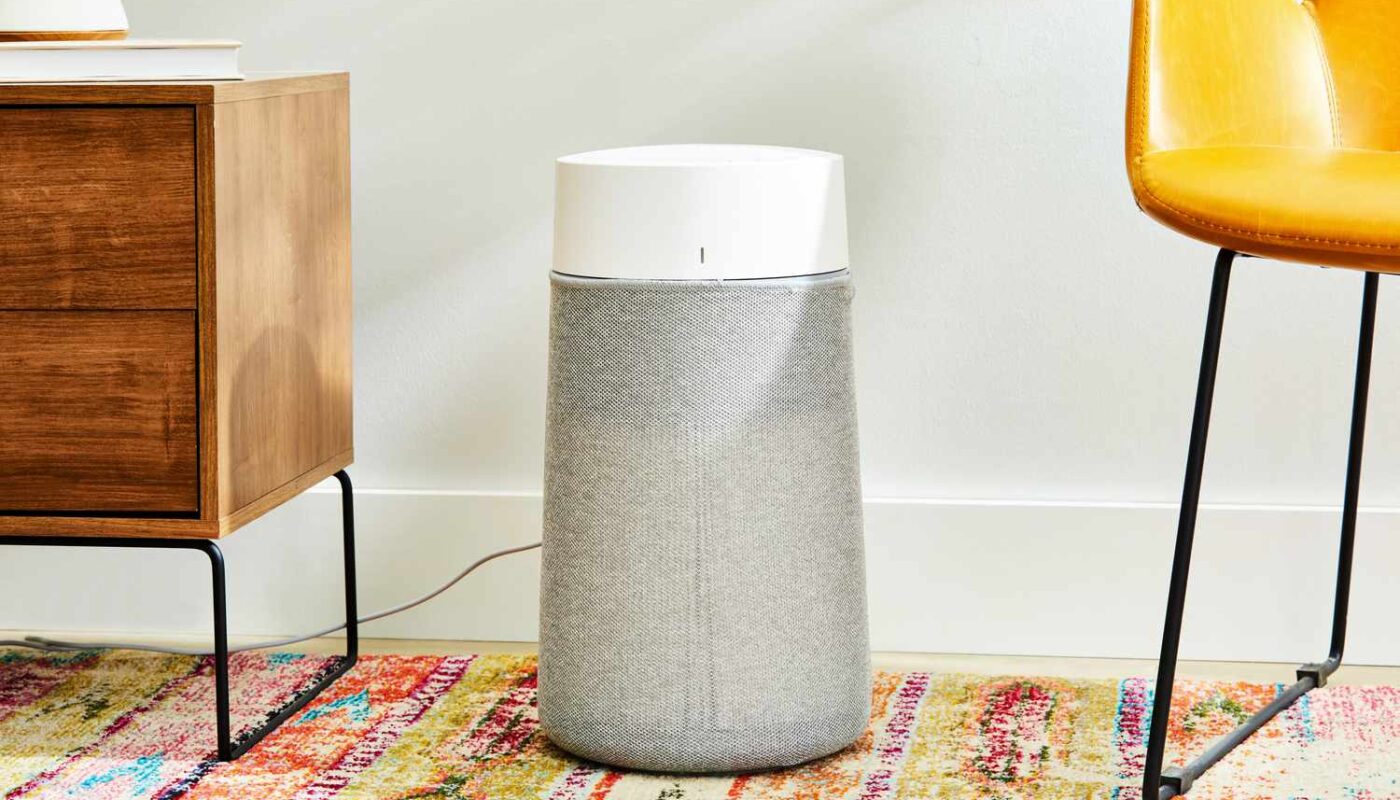Imagine walking into a room where the air is heavy with the acrid scent of secondhand smoke, and you can almost taste its toxicity. It’s an uncomfortable scenario that many of us have encountered at some point, whether in a public space, a friend’s home, or even our own.
Secondhand smoke is a pervasive problem, a sinister cloud of over 7,000 chemicals, with hundreds considered toxic and approximately 70 known to cause cancer. It’s a danger that demands our attention, mainly when it infiltrates our indoor environments.
This post will educate you on an effective remedy: smoke eater air purifiers. These nifty devices are more than just air fresheners; they’re like superheroes fighting against the harmful effects of secondhand smoke, making your indoor spaces healthier and more pleasant.
Page Contents
How Do Smoke Eater Air Purifiers Work?
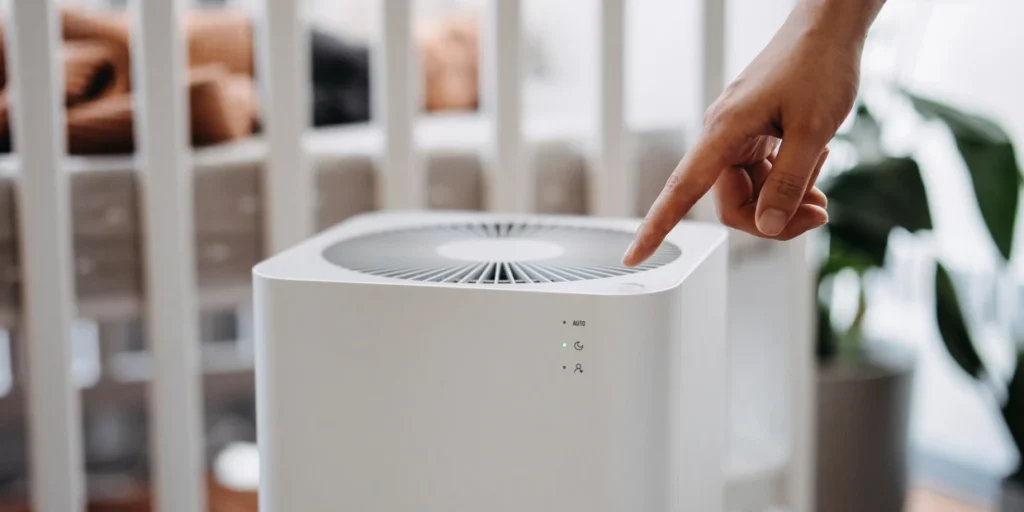
Smoke eater air purifiers, also known as smoke air purifiers or smoke eaters, are designed to eliminate or significantly reduce the harmful components of secondhand smoke. Here’s how they work and why they are essential:
Filtering Out Harmful Particles
A smoke eater air purifier uses a multi-stage filtration system to trap and remove airborne particles from secondhand smoke. The primary components of this system typically include a pre-filter, a HEPA (High-Efficiency Particulate Air) filter, and an activated carbon filter. These filters work together to capture particles as small as 0.3 microns in size, ensuring that harmful smoke particles are effectively removed from the air.
Neutralizing Odors
In addition to capturing smoke particles, smoke eater air purifiers employ activated carbon filters to absorb and neutralize odors. This is crucial because secondhand smoke often leaves behind a lingering and unpleasant smell that can permeate fabrics and surfaces.
Generating Negative Ions
Some smoke-eater air purifiers are equipped with negative ion generators. Negative ions attach themselves to smoke particles and other airborne pollutants, causing them to fall out of the air. This results in cleaner and fresher indoor air.
Benefits of Smoke Eater Air Purifiers
We’ll explore the numerous benefits of using smoke eater air purifiers in your home or workplace.
Effective Smoke Removal
As the name suggests, smoke eater air purifiers are incredibly efficient at removing smoke particles from the air. This includes smoke from cigarettes, cigars, cooking, or wildfires. By capturing and filtering out smoke particles, these devices help maintain a smoke-free environment.
Improved Indoor Air Quality
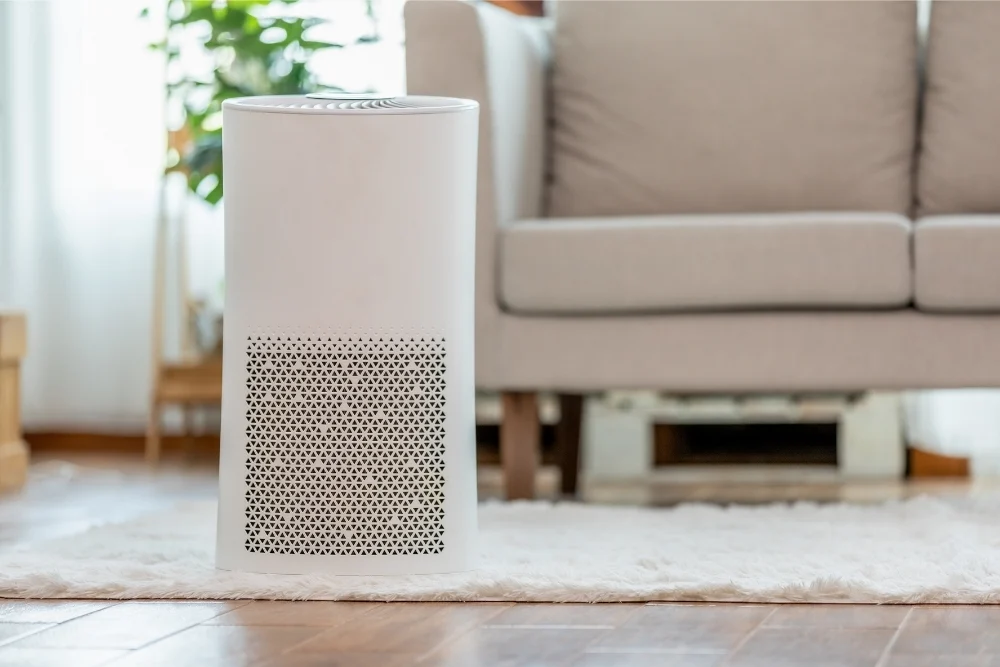
Beyond smoke, these air purifiers also tackle various indoor air pollutants. Their multi-stage filtration systems typically include pre-filters, HEPA filters, and activated carbon filters, which collectively trap and eliminate dust, allergens, pet dander, and volatile organic compounds (VOCs). This leads to a noticeable improvement in indoor air quality.
Odor Reduction
Smoke eater air purifiers have activated carbon filters, which absorb and neutralize odors. Whether it’s the lingering scent of smoke, cooking odors, or pet smells, these cleaners help create a fresher and more pleasant indoor environment.
Health Advantages
Cleaner air means better health. Removing airborne allergens can alleviate allergy symptoms, while reducing exposure to secondhand smoke can have long-term health benefits, especially for vulnerable individuals like children and older adults. Improved air quality can also help those with respiratory conditions, such as asthma or COPD, breathe more comfortably.
Protection from Harmful Particles
Smoke eater air purifiers effectively trap particles as small as 0.3 microns, including microorganisms like bacteria and viruses. This can be particularly valuable during flu season or in environments with poor ventilation.
Reduced Maintenance Costs
By capturing particles before they settle on surfaces, these purifiers can help reduce the frequency of cleaning and dusting in your home. This saves time and extends the lifespan of your furnishings and electronics.
Better Sleep
Clean air can improve sleep quality. Breathing in allergen-free air and experiencing fewer disturbances from odors and irritants can contribute to a more restful night’s sleep.
Energy Efficiency
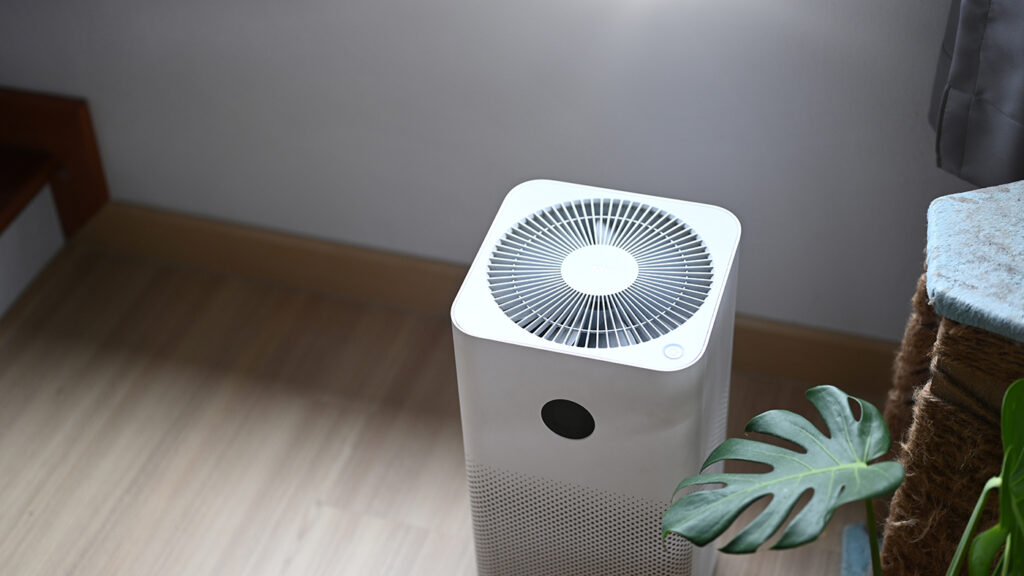
Many modern smoke eater air purifiers are designed to be energy-efficient. They often come with adjustable fan speeds and timers, allowing you to tailor their operation to your needs while conserving energy.
Quieter Operation
Manufacturers have made significant strides in reducing noise levels in these devices. Today’s smoke-eater air purifiers operate more quietly, making them less intrusive in your living space.
Customizable Features
These air purifiers often come with customizable features like remote controls, air quality sensors, and programmable timers, allowing you to fine-tune their performance to your preferences.
Are Smoke Eater Air Purifiers Effective Against Other Pollutants?
Yes, smoke eater air purifiers can be effective against a wide range of indoor pollutants in addition to smoke. While they are specifically designed to combat smoke and its associated particles and odors, many of these cleaners incorporate multiple filtration technologies that can also capture and remove other common indoor pollutants, including:
Dust and Dust Mites
Smoke eater purifiers with HEPA filters are highly efficient at trapping dust particles, which can be a common allergen.
Allergens
HEPA filters can capture allergens such as pollen, pet dander, and mold spores, helping to improve indoor air quality for individuals with allergies.
Volatile Organic Compounds (VOCs)
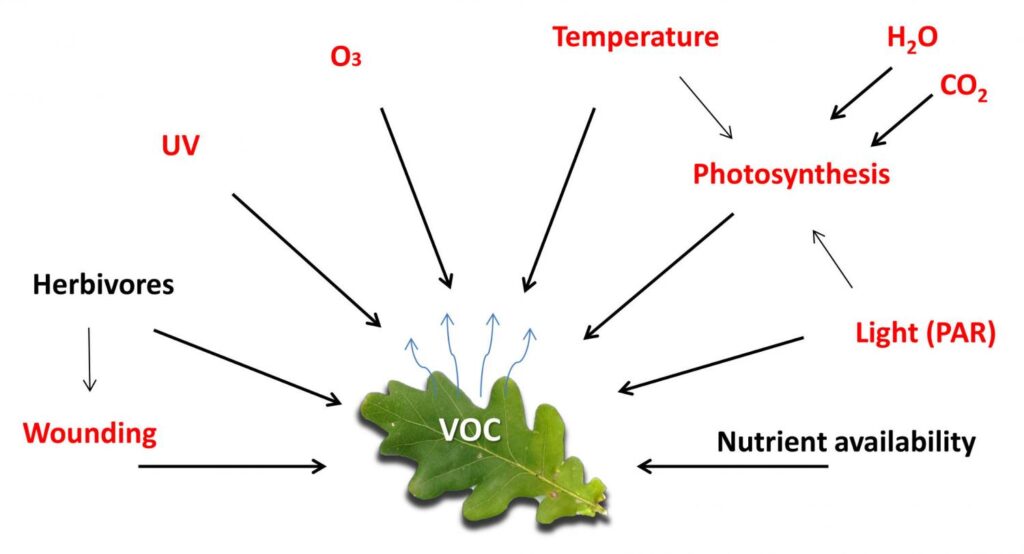
Some Smoke Eater Air Purifiers include activated carbon filters that adsorb VOCs emitted by household products, paints, and other chemicals.
Pet Odors
Activated carbon filters in these cleaners can also help reduce odors associated with urine, feces, and other pet-related smells.
Cooking Odors
Smoke eater purifiers can help mitigate cooking odors, including the lingering smell of fried food or strong spices.
Chemical Odors
Activated carbon filters effectively absorb various chemical odors, such as those from cleaning products, paints, and solvents.
Airborne Bacteria and Viruses
Some advanced purifiers may include UV-C or other sterilization technologies to help kill or inactivate airborne pathogens.
Conclusion
Secondhand smoke poses serious health risks, and it’s essential to take measures to reduce exposure, especially in indoor environments. Smoke eater air purifiers offer an effective solution by filtering out harmful particles, neutralizing odors, and improving overall indoor air quality. Investing in these devices promotes a healthier living environment. It contributes to a more comfortable and enjoyable indoor experience for smokers and non-smokers alike.
